Noon-to-noon on the new Rock Shox SID
Rock Shox turned the suspension world on its head in 1997 with the introduction of its first SID...
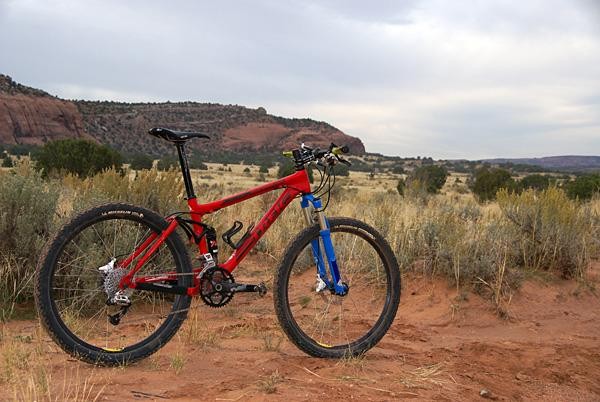
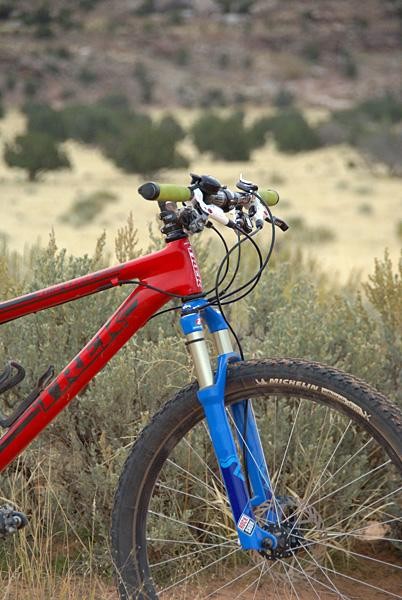
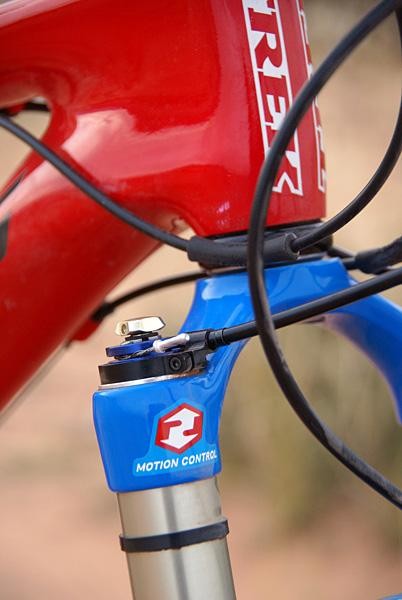
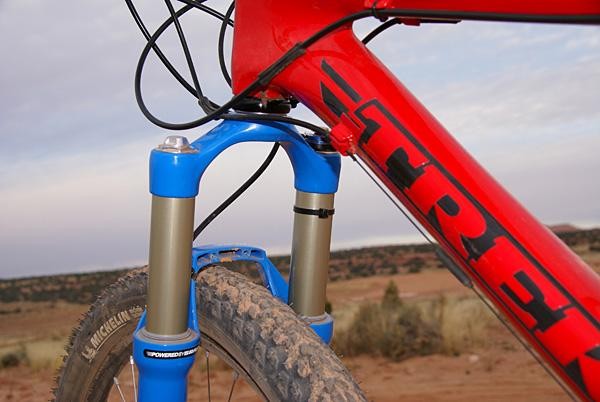
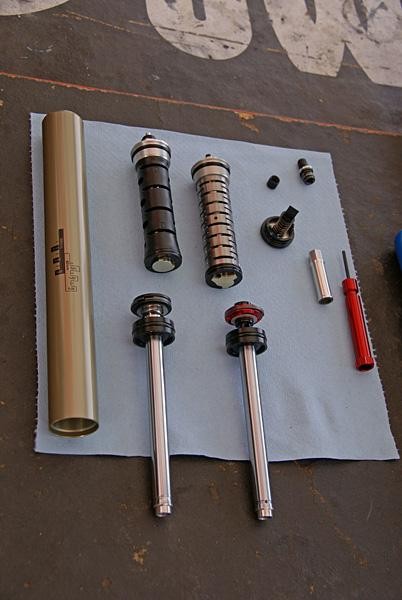
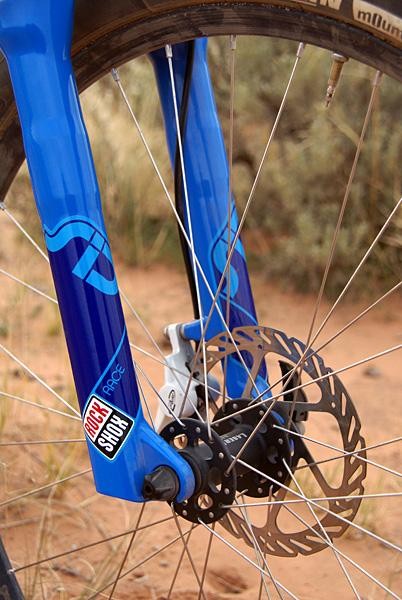
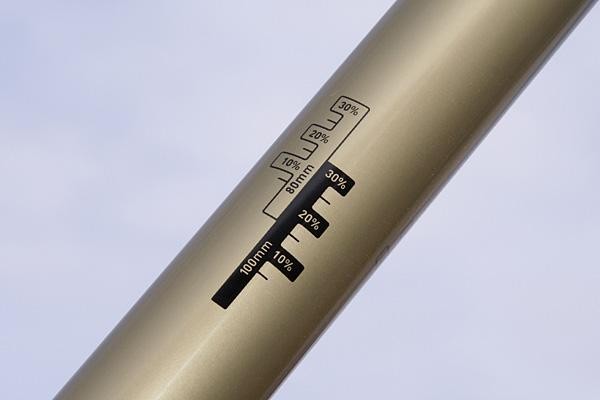
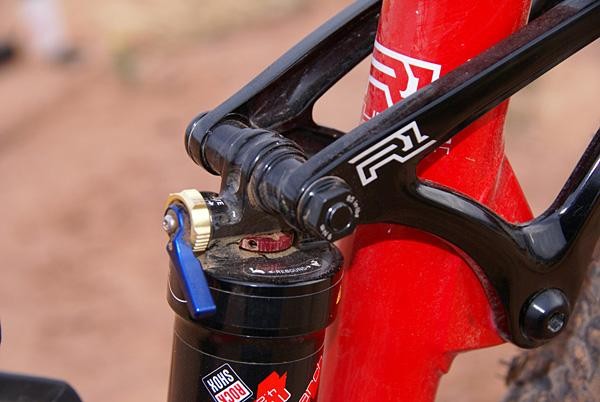
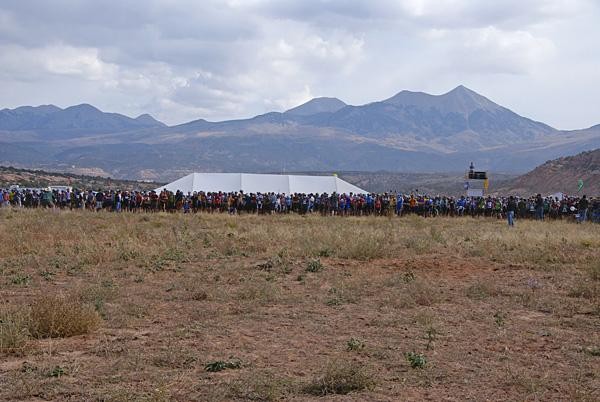
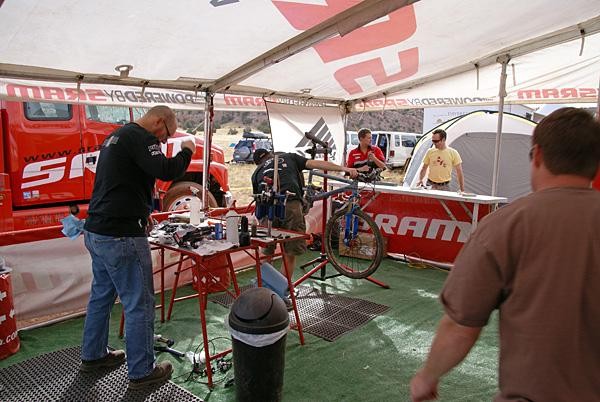


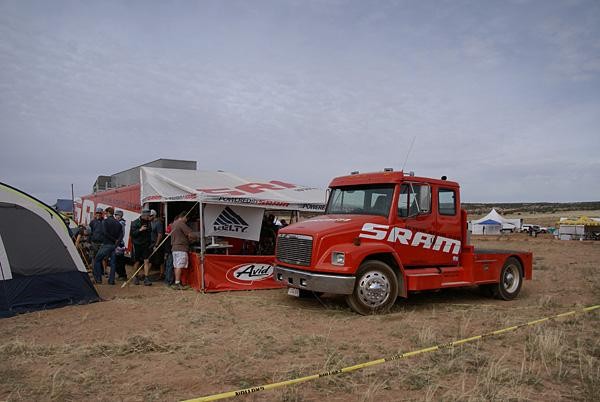

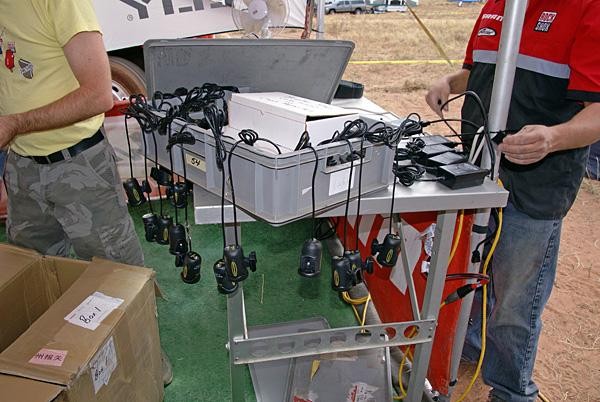
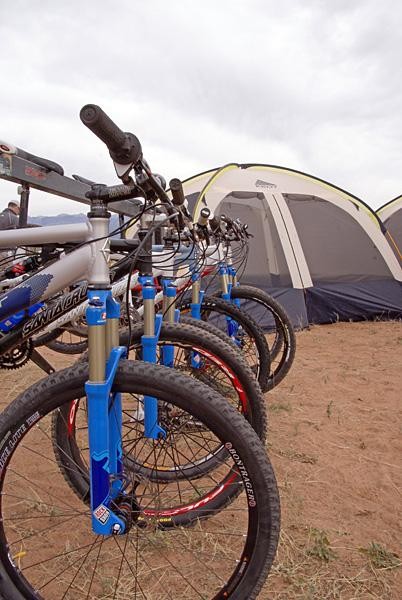
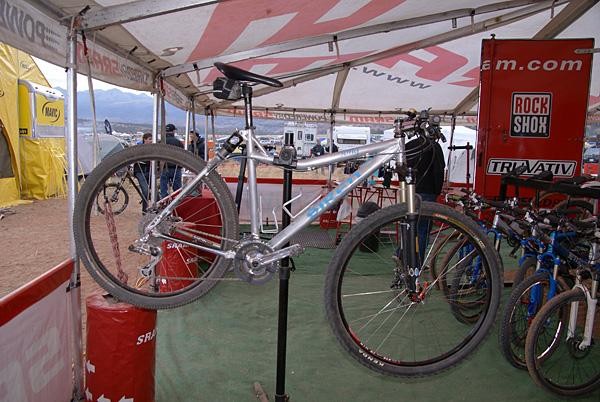
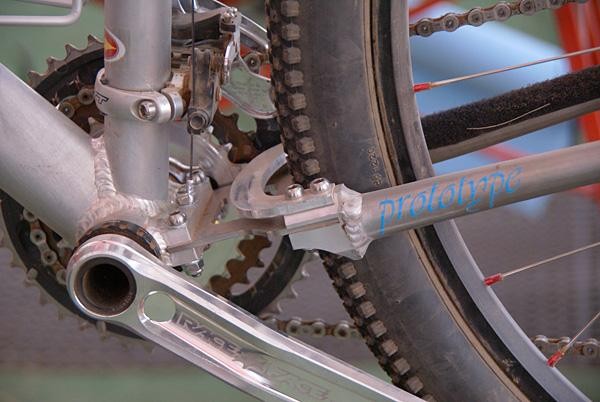





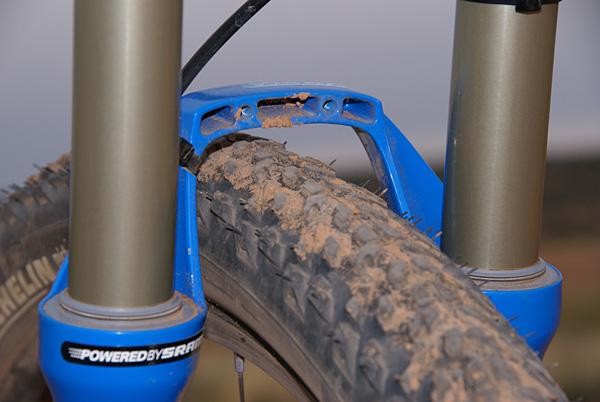
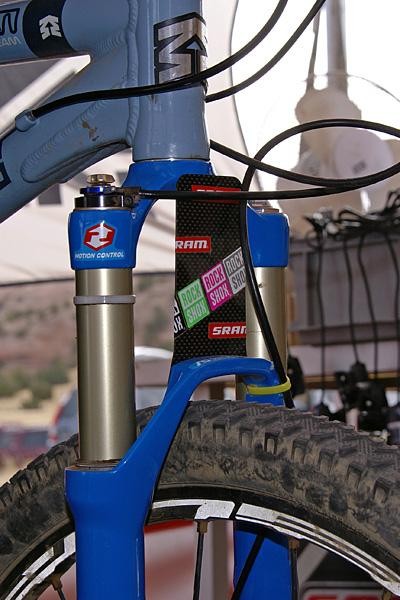
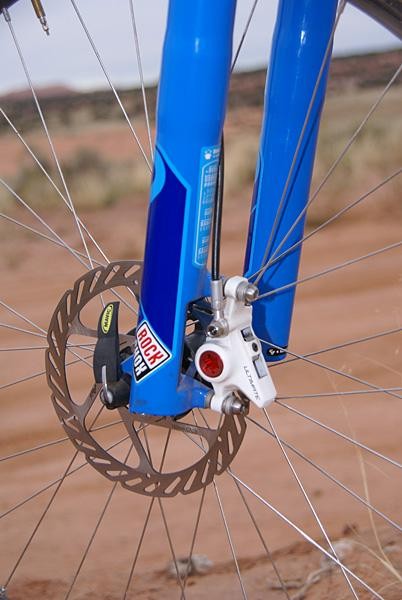

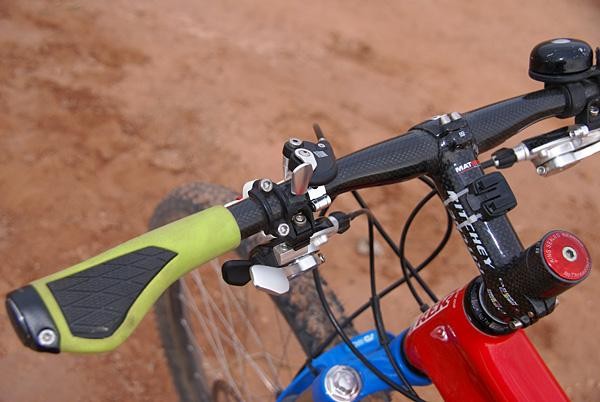

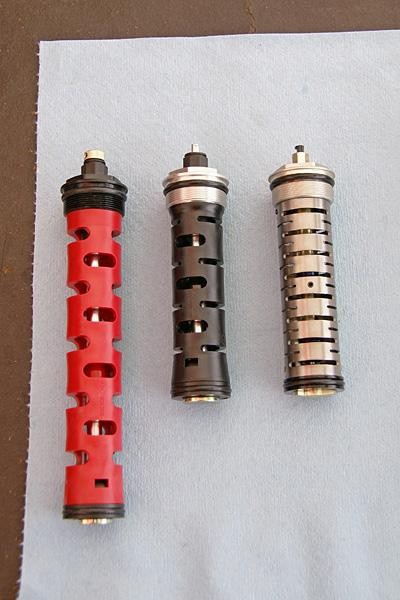


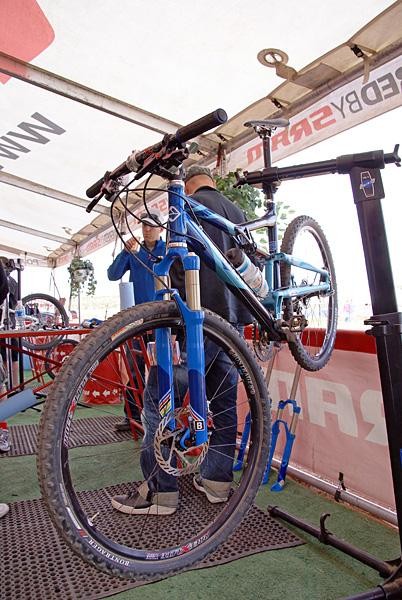
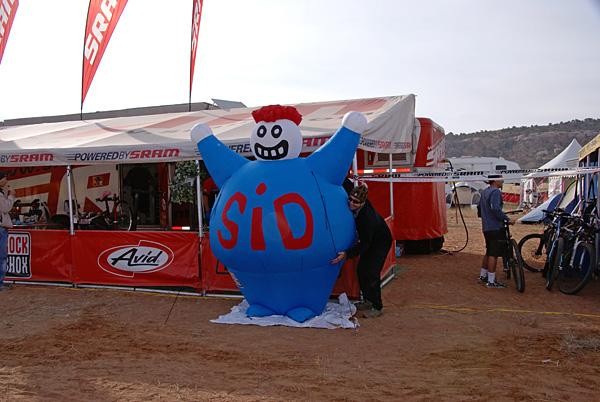


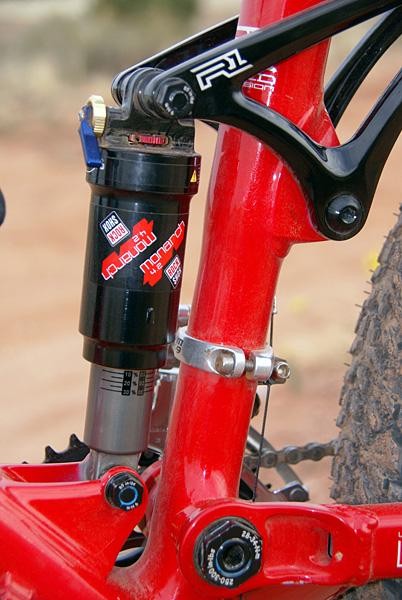





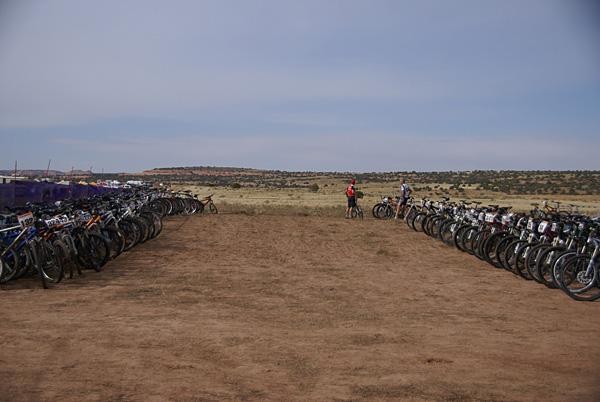





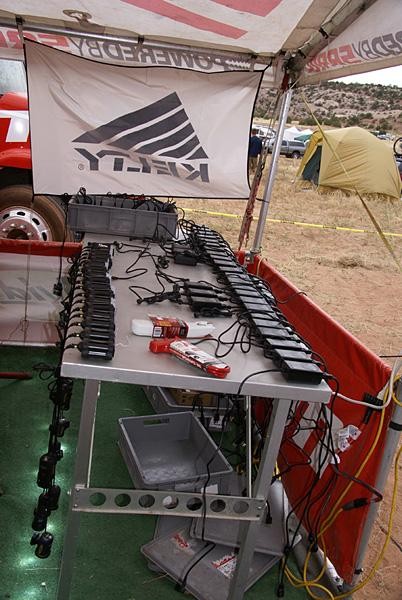
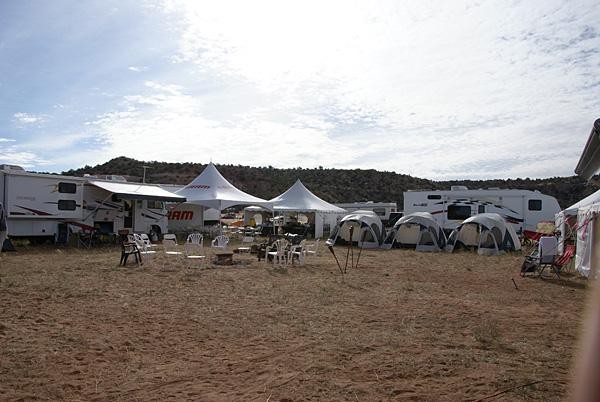


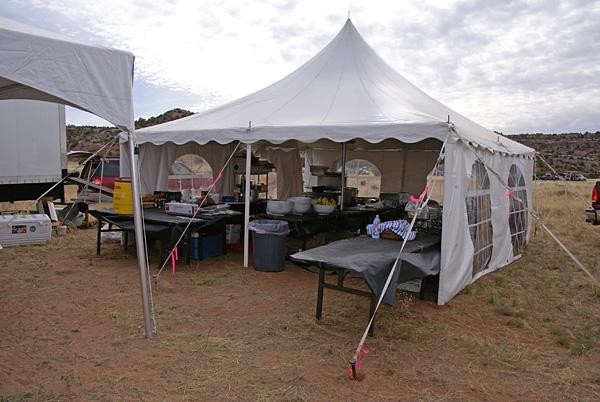
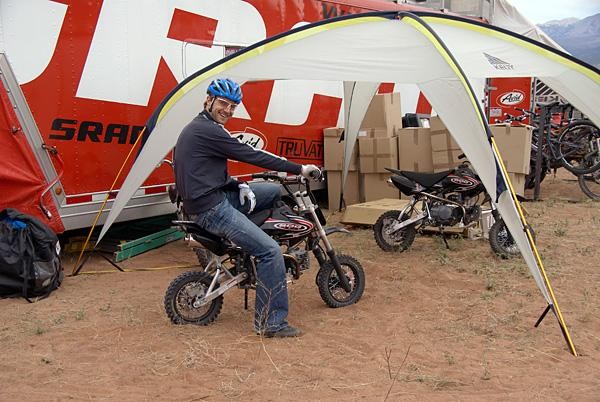


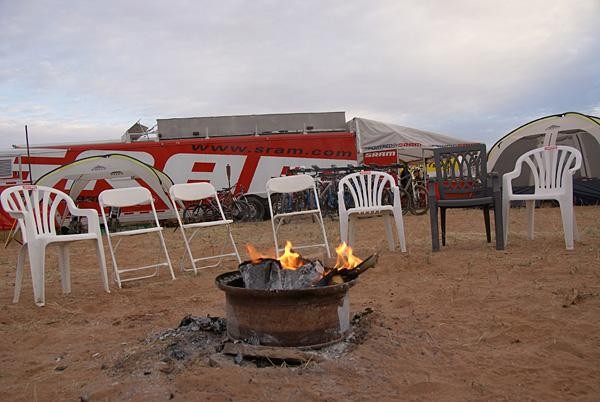




Tech Feature: 2008 Rock Shox SID first ride, October 15, 2007
Beautiful weather conditions and an outstanding course at the 2007 24 Hours of Moab provided a marked contrast from last year's event as well as the perfect setting for Rock Shox's official on-dirt debut of its new SID fork platform. Cyclingnews Technical Editor James Huang heads to Utah for the weekend to get a first taste of version 2.0 of the winningest cross-country fork in mountain biking history.
Rock Shox turned the suspension world on its head in 1997 with the introduction of its first SID suspension fork. Back then, users admired the fork's then-remarkable low weight and wide range of tuning options (arguably too wide on that first version by some measures), but the relatively tiny 28mm diameter stanchions and correspondingly small chassis dimensions resulted in a lot of flex and somewhat loose handling characteristics, especially as trail conditions roughened.
In many cross country circles, though, 'light makes right' is still the golden rule, and the SID's paltry mass has kept it firmly planted on the front row of the World Cup circuit (and the top step of the podium) and on the front of weight weenie machines Rock Shox has performed five major updates of SID since then, but the basic layout honestly hasn't changed much.
"When it's time to change, you've got to rearrange…"
The 2008 Rock Shox SID will mark the first ground-up redesign of the venerable cross-country suspension fork since its introduction ten years ago. As the mountain biking market has evolved and matured, being light as the expense of other performance metrics just doesn't cut it anymore and as a result, Rock Shox's engineers have managed to match the existing SID's low weight, but equip it with far more rigidity and overall capability. In theory, this will mean that racers will no longer have to put up with old SID's compromises and general cross-country riders will have another viable option in the true lightweight category to choose from.
We've already covered the technical details of the new SID a while back so we won't revisit it too heavily here, but the new model is essentially a lighter version of Rock Shox's very capable Reba. The top-end SID reportedly weighs just 1425g (with a full-length steerer, no less) courtesy of an aggressively optimized chassis design that now also sports a beefy 32mm chassis for vastly improved rigidity. Internally, the new SID is equipped with an updated version of Rock Shox's proven Dual Air spring system that now offers a more linear spring curve, and enhanced Motion Control damper guts on the top model.. Additional structural reinforcement is given by the new Power Bulge-equipped lower legs and a forged AL-66TV crown.
Get The Leadout Newsletter
The latest race content, interviews, features, reviews and expert buying guides, direct to your inbox!
Bang! And they're off!
The 24 Hours of Moab course lies roughly half an hour outside of downtown Moab, UT, and runs on a 24km (15mi) loop with roughly 380m (1250ft) of climbing per lap. From noon on Saturday to noon on Sunday (plus a little more for some), riders navigate a perpetually undulating mix of square-edged embedded boulders, fast washed-out jeep roads, and technically demanding rock sections that would easily challenge trail bikes and all-mountain machines alike. Sound like an ideal testing ground for the lightweight SID? Not for the old one, that's for sure.
Thankfully, Rock Shox seems to have delivered on its heady promises as we made our way around the circuit. The feathery weight we've come to know and love on the old SID remains fully intact, but the impressive rigidity of the new SID made itself known almost immediately with vastly improved handling precision and confidence-inspiring solidity that saved our bacon on more than one occasion, especially during nighttime laps when our desire to turn in a fast time may have slightly overridden our instinct of self-preservation.
The newly found stiffness was particularly welcome on faster and/or more technical rocky sections. Here, the old SID would have either forced you to slow down to maintain control or sent you flying off into the woods. With the 2008 model, however, we were able to comfortably (and precisely) pick our way through or simply blow through at full steam like a pinball.
In addition, Rock Shox's surprisingly simple Motion Control damper continues to impress us, and the more linear spring rate actually saw us use just barely shy of the full travel in normal use, a virtually unheard-of feat with the old SID. In spite of our test forks' admittedly pre-production status, no one in the rather sizeable group experienced any fork failures, either.
Keep on truckin'
Our brief test only included the relatively entry-level SID Race, but the line will actually include three separate models: the top-end SID World Cup, the middle child SID Team, and the SID Race. The SID World Cup will be the lightest and most rigid of the three at 1425g with carbon fiber-reinforced cast magnesium lower legs, and will also house the most advanced BlackBox Motion Control damper that will include a titanium spring sleeve and dual-flow compression and rebound circuits. The1450g SID Team shares a similar damper but goes with all-magnesium legs, and the SID Race will use the standard Motion Control assembly but won't gain any additional mass.
All will be available with both crown-mounted and remote lockout levers, and all will be capable of either 100mm or 80mm of travel via Rock Shox's well-established All-Travel spacer system. Pricing isn't set yet, but production will ramp up in February.
If our initial impressions are any indication, Rock Shox has done an excellent job of remaking an icon, managing to maintain the fork's identity in the process while shedding just about all of the original's drawbacks. It's been a long time coming, but as the saying goes, some things are worth the wait and the new SID seems to be one of them.